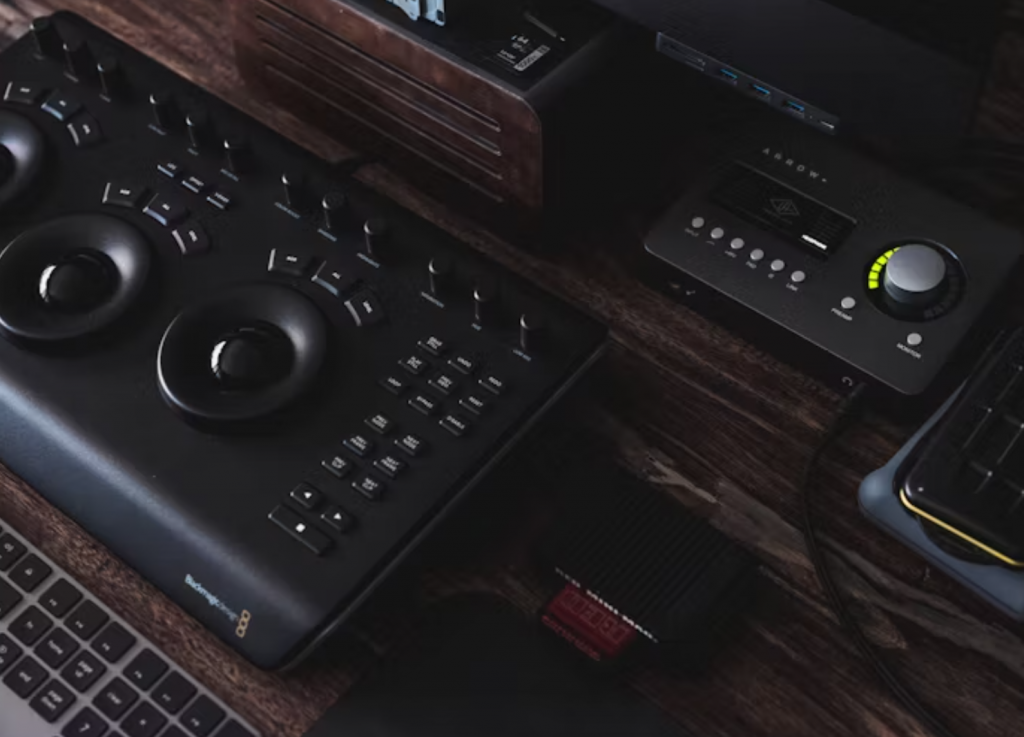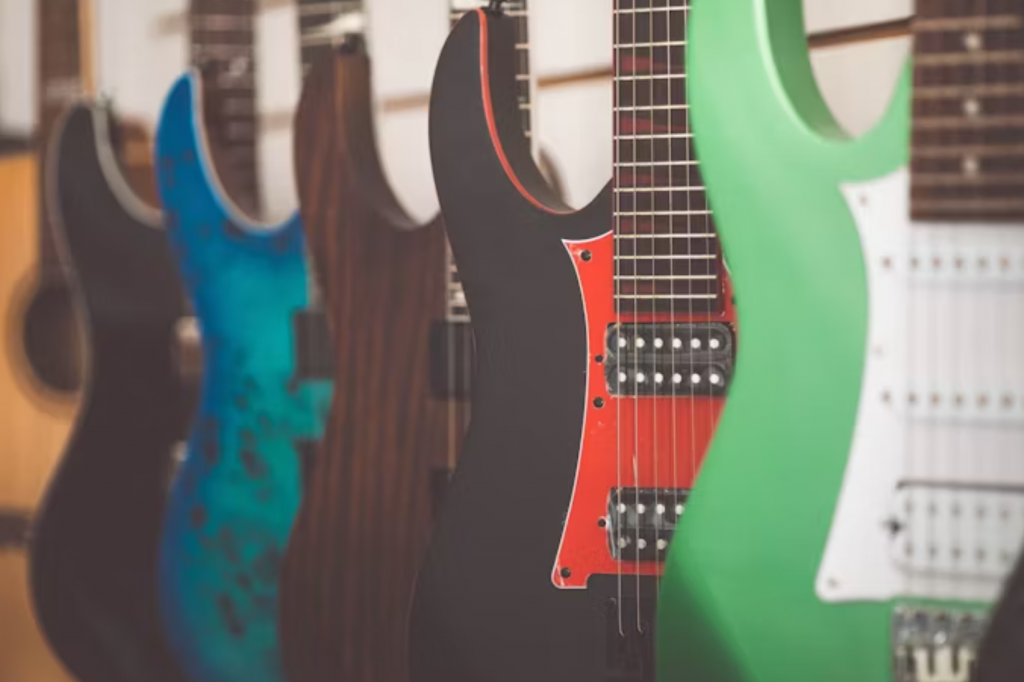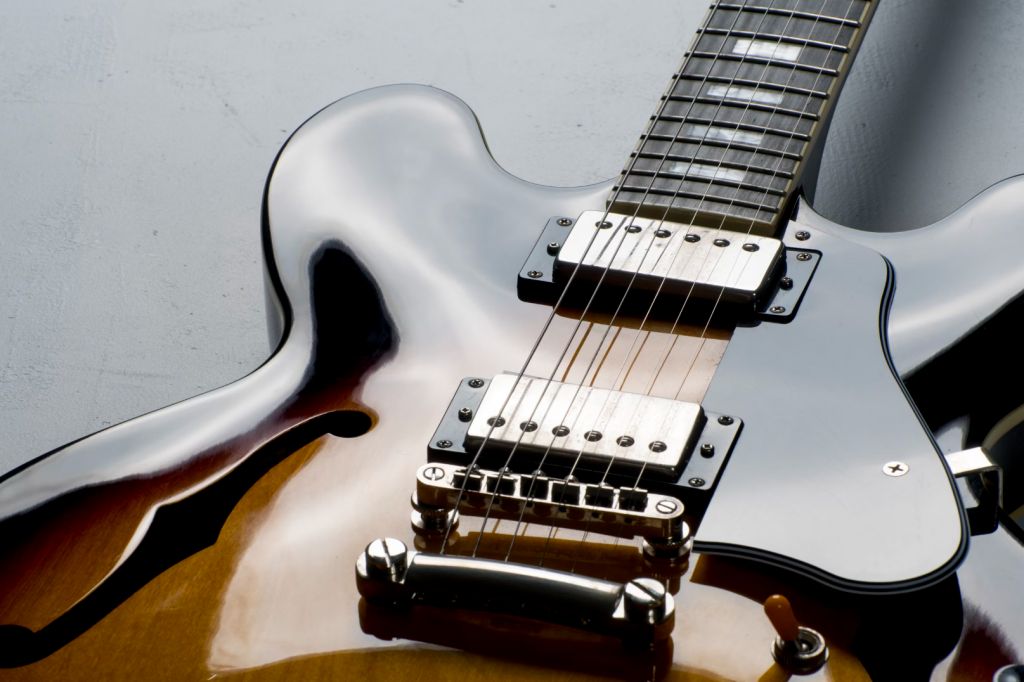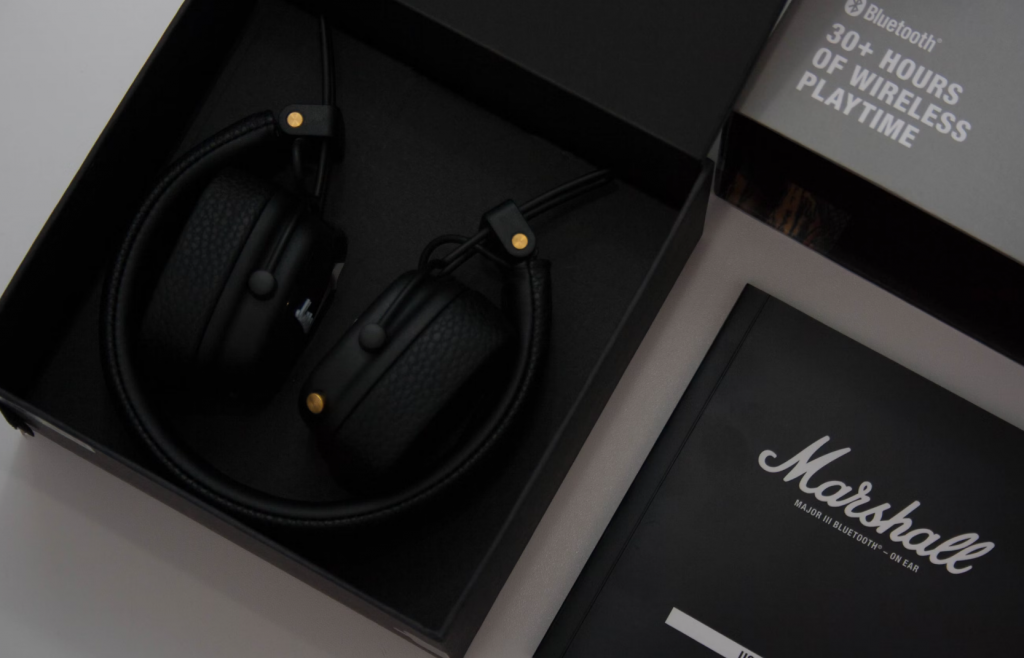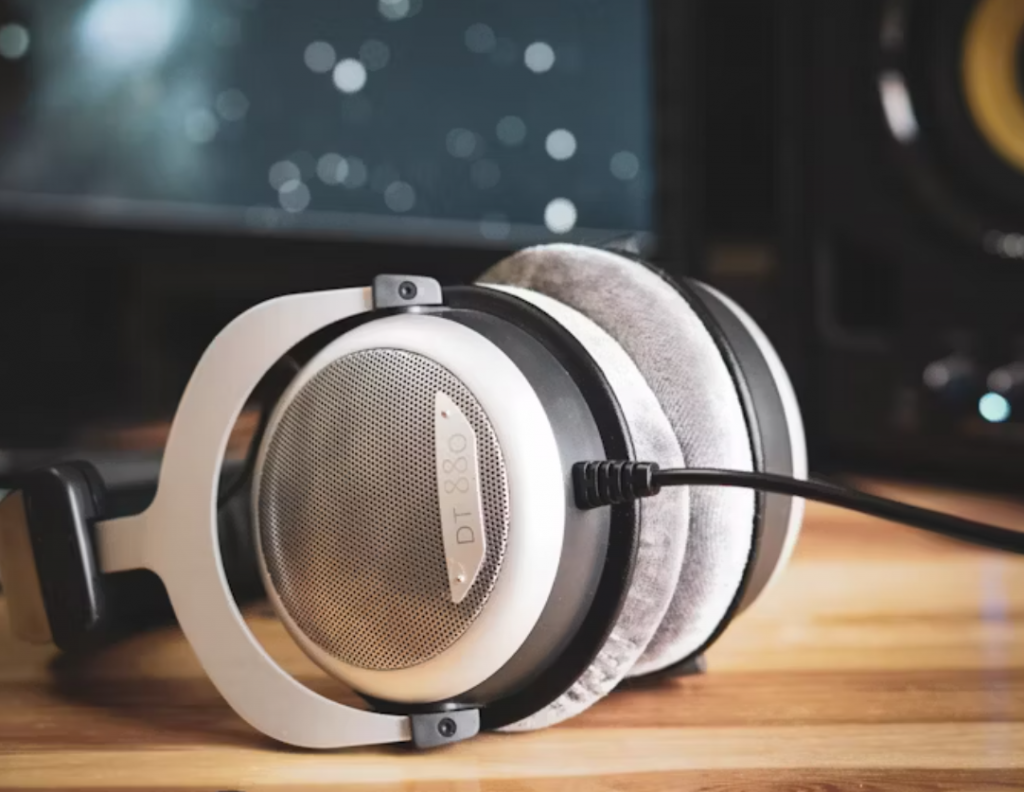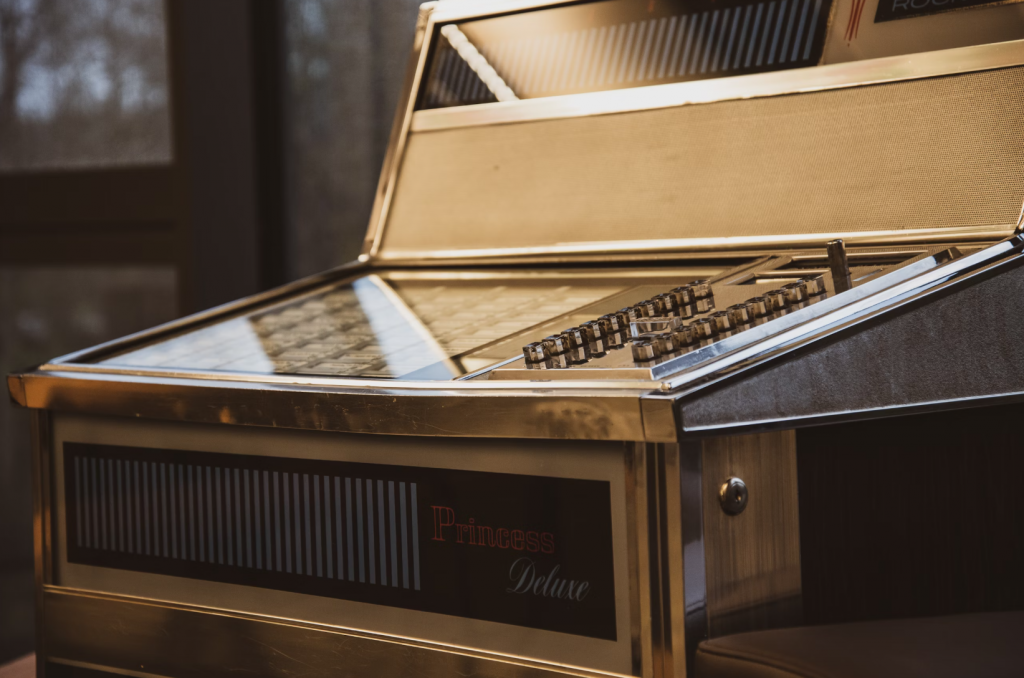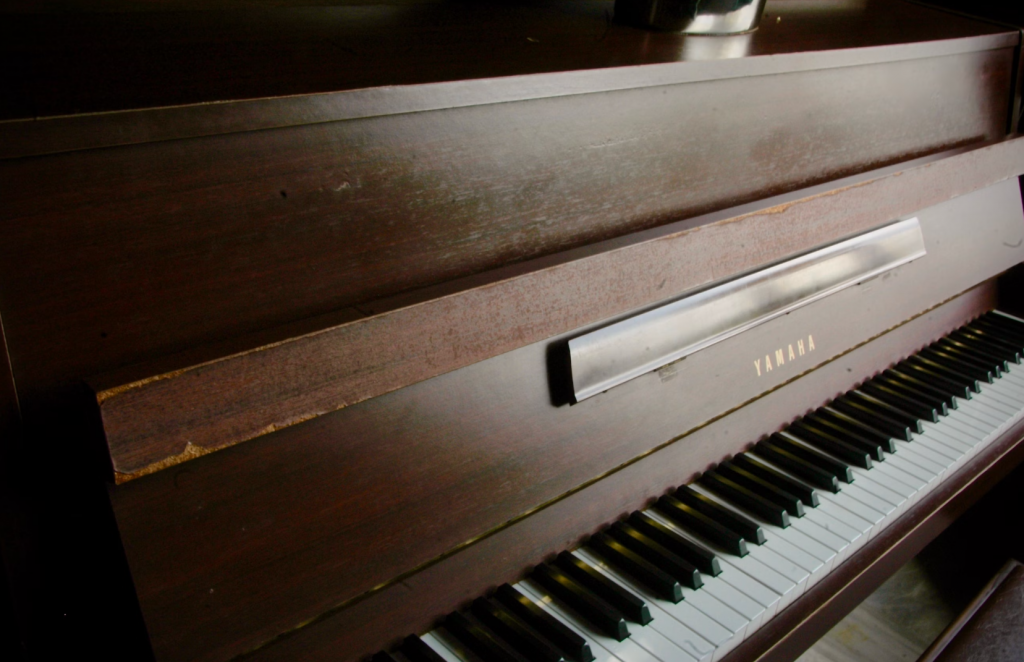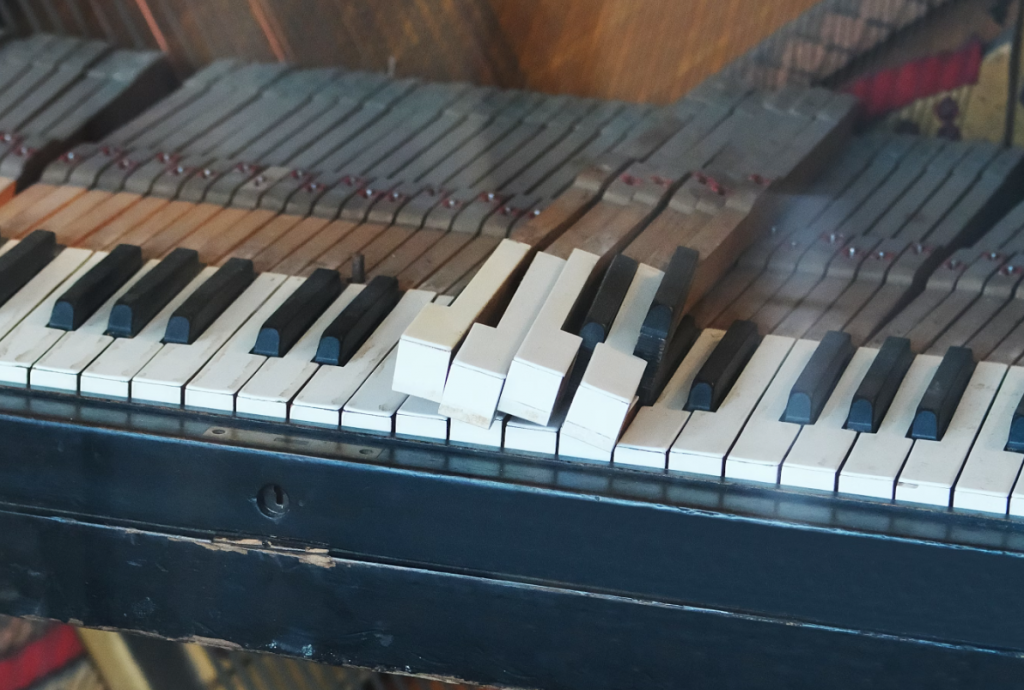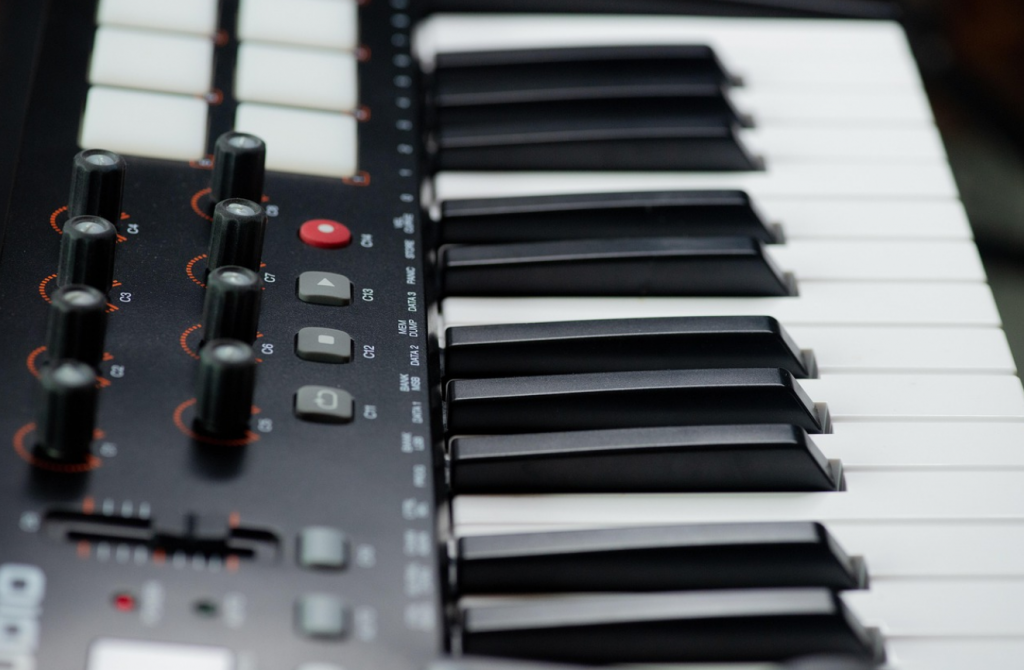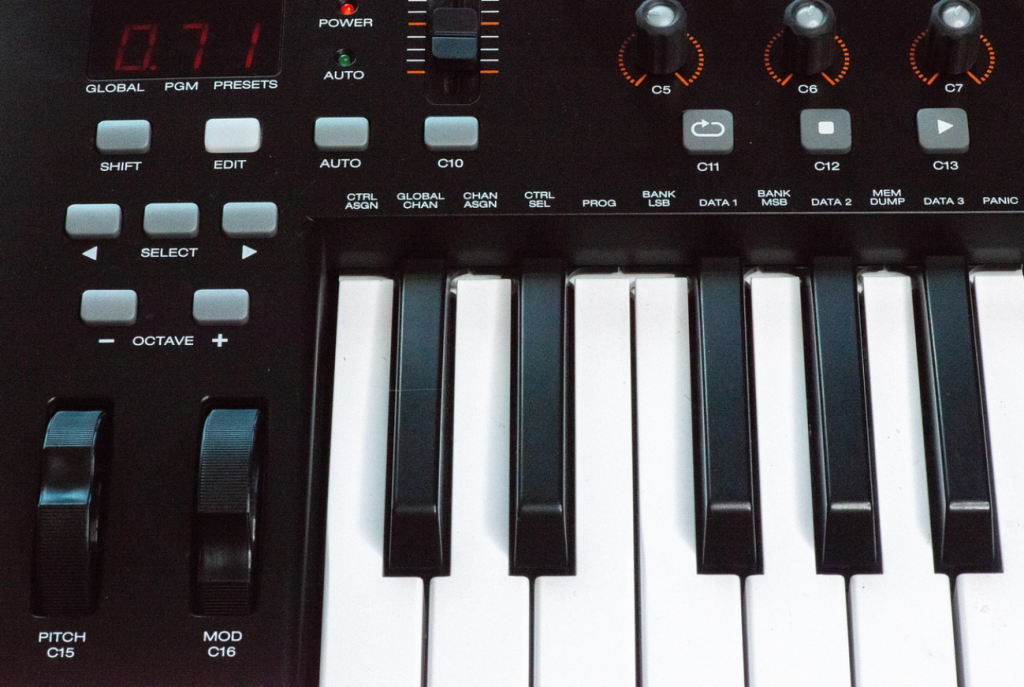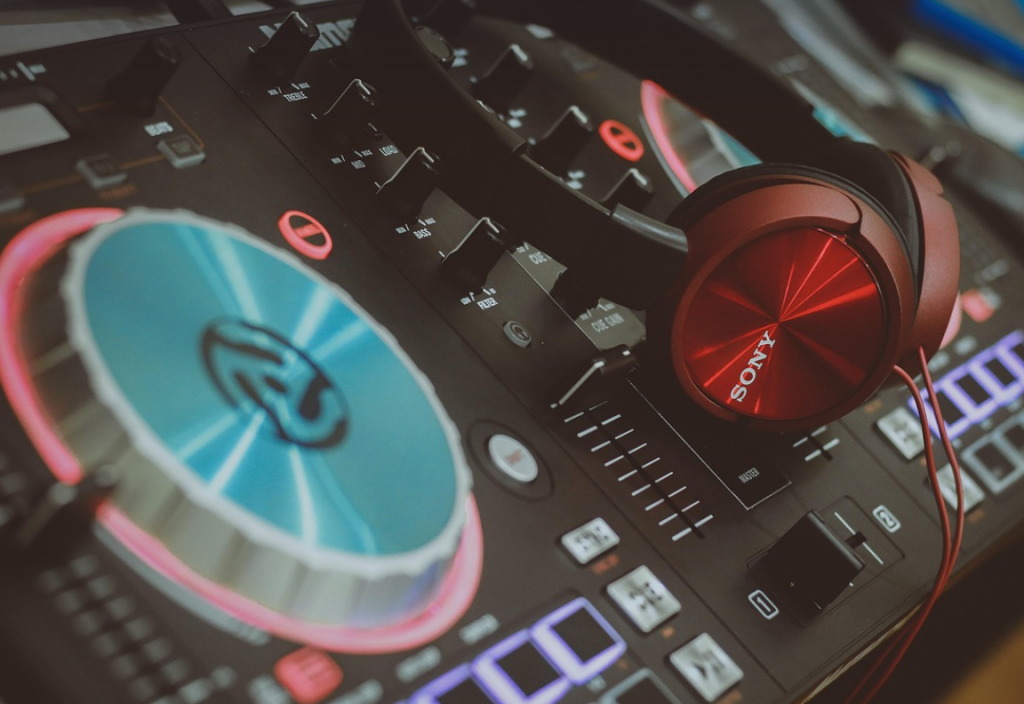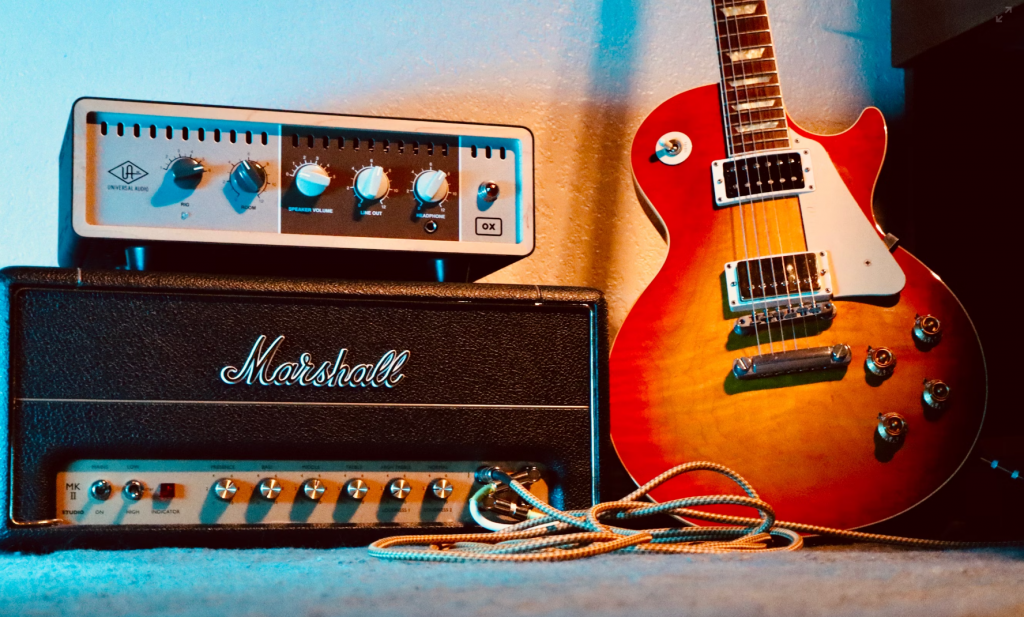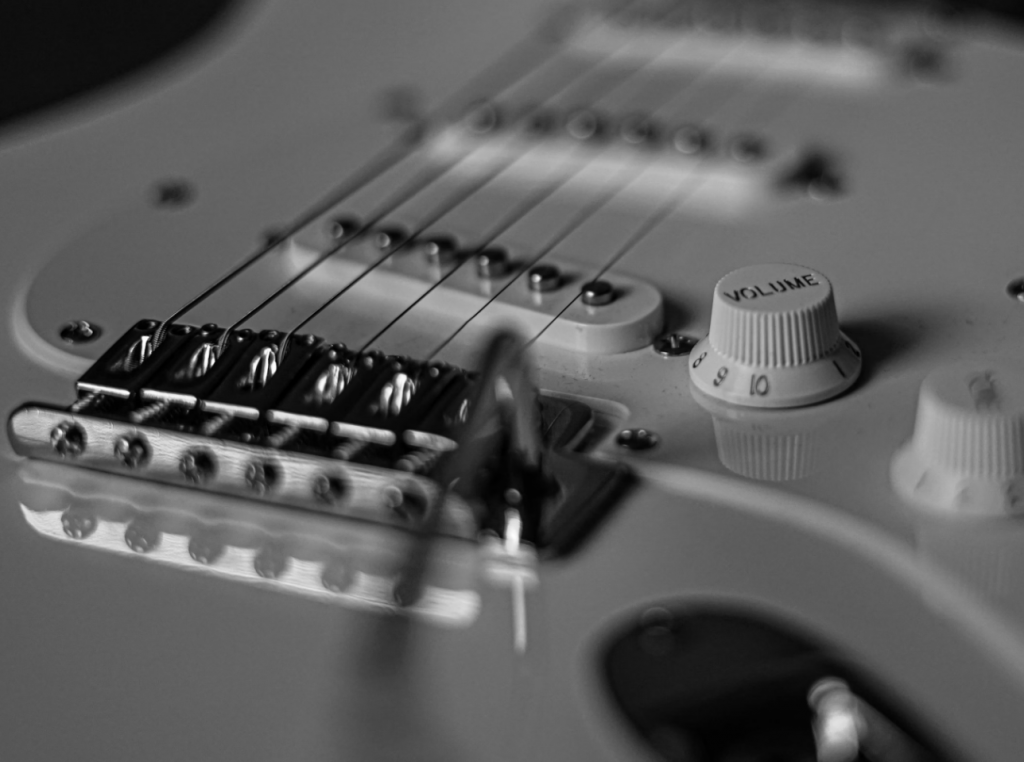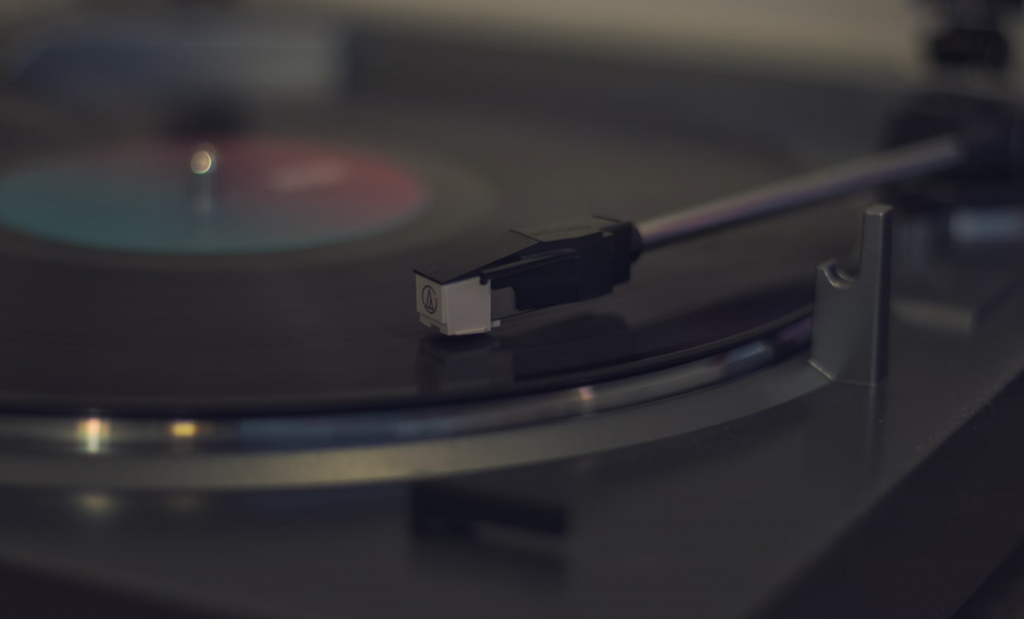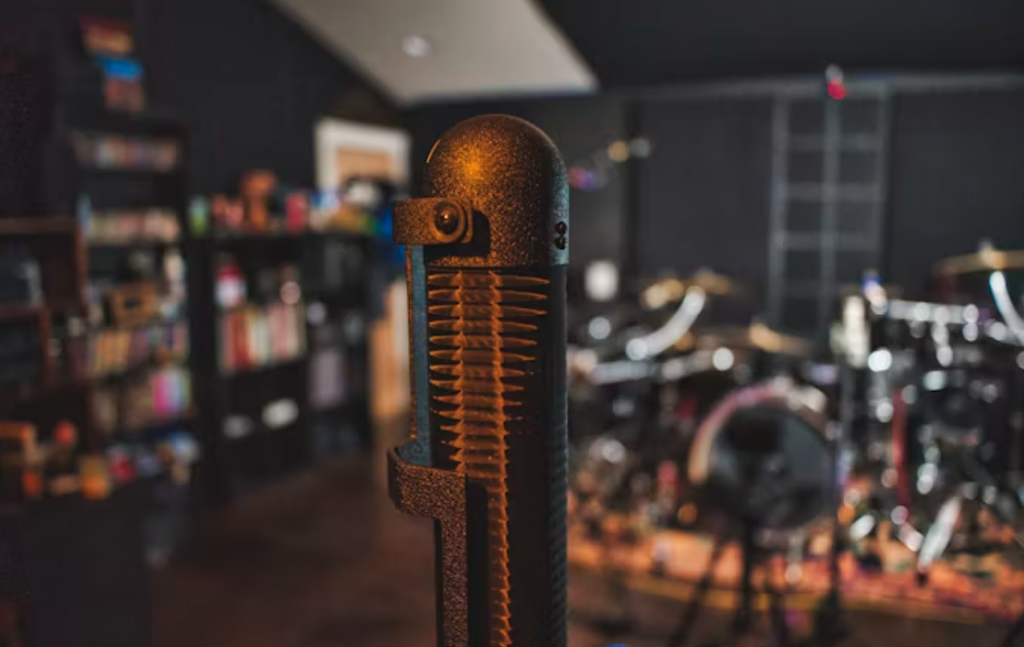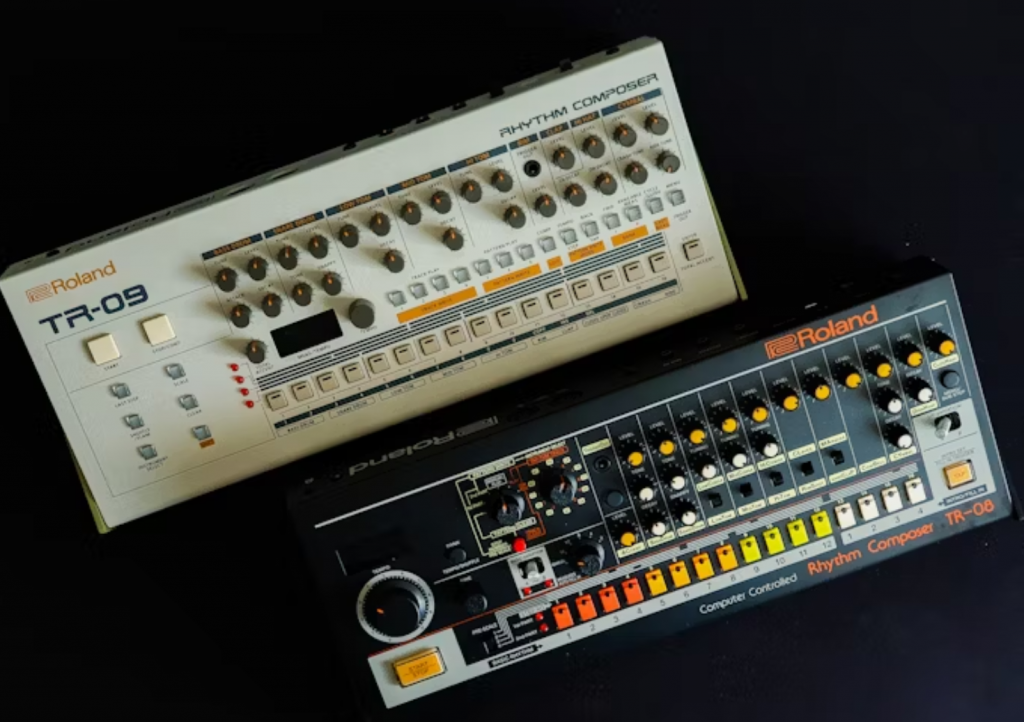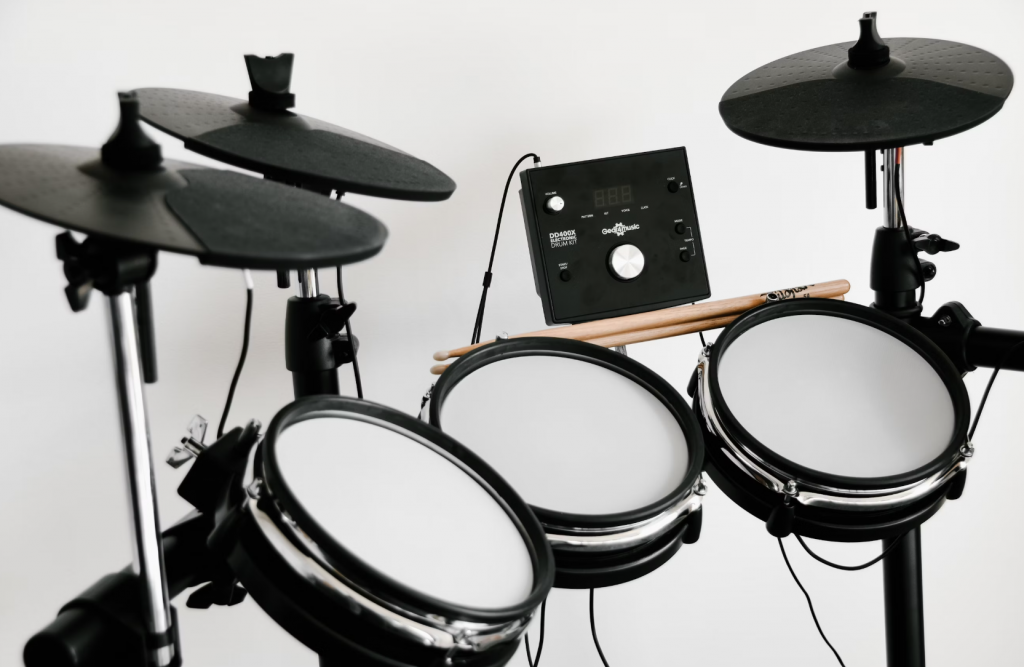Introduction
If you’re just starting your journey with acoustic guitar, choosing the right instrument is crucial to ensuring that your experience is enjoyable and motivating. With so many options on the market, it can be overwhelming to find the best acoustic guitar for a beginner. This article will help you navigate through the most popular beginner acoustic guitars in 2024, examining what makes each of them special and how they cater to different needs.
What to Look for in a Beginner Acoustic Guitar
When shopping for an acoustic guitar, especially as a beginner, it’s important to consider several key features that will ensure your learning process is smooth and enjoyable. Here’s a breakdown of the most important factors:
Sound Quality
A good beginner acoustic guitar should offer a rich, clear tone. Even though you might not be able to tell the difference between high-end guitars early on, starting with a guitar that sounds great will inspire you to practice more. Look for a balanced sound, with a good mix of bass, midrange, and treble.
Build and Durability
As a beginner, you might drop your guitar or accidentally bang it around a bit. Durability is crucial. A guitar made from solid wood, while often more expensive, offers a longer lifespan and better sound quality. However, laminated wood guitars are typically more affordable and still sound decent, making them a great choice for beginners.
Comfort and Playability
The guitar should feel comfortable in your hands. Pay attention to the neck shape, size, and how easy it is to reach the frets. A guitar that feels too big or heavy might discourage you from playing. For beginners, smaller-bodied guitars like parlor or travel guitars can offer better comfort and easier handling.
Budget Considerations
While it’s tempting to get a cheap guitar, spending a little more can make a huge difference in terms of sound quality and longevity. However, there are plenty of affordable options that provide excellent value for money, so don’t feel like you need to break the bank.
Top 10 Acoustic Guitars for Beginners
Here is a list of the top 10 acoustic guitars that are perfect for beginners in 2024. These guitars offer a combination of quality, affordability, and playability to help you get started with ease.
1. Yamaha FG800
The Yamaha FG800 is an iconic choice for beginners due to its fantastic build quality and great sound. It features a solid spruce top and nato/okume back and sides, offering a rich, resonant sound. The guitar’s smooth action and reliable durability make it a top contender.
Pros:
- Excellent tone and projection
- Solid spruce top for great sound
- Great value for money
Cons:
- May feel a bit bulky for smaller players
2. Fender CD-60S
Fender’s CD-60S is a well-rounded, affordable guitar designed with beginners in mind. Its solid spruce top ensures great sound quality, and the easy-to-play neck makes it comfortable for new players to learn.
Pros:
- Solid wood construction
- Very comfortable neck
- Excellent sound for its price
Cons:
- The body is on the larger side, which may be uncomfortable for smaller players
3. Ibanez AW54CE
For those who prefer an acoustic-electric guitar, the Ibanez AW54CE is a fantastic choice. With a solid mahogany top and built-in electronics, it allows you to plug in for performances or practice with headphones.
Pros:
- Great for both acoustic and electric playing
- Solid mahogany top for warm tones
- Built-in pickup and preamp
Cons:
- Can be a bit pricey for those on a tight budget
4. Epiphone DR-100
The Epiphone DR-100 is an excellent budget-friendly option for beginners. It offers a rich sound with its spruce top and offers easy playability, making it perfect for those just starting out.
Pros:
- Affordable price point
- Good sound quality
- Lightweight and easy to handle
Cons:
- The tone may not be as rich as higher-end models
5. Taylor GS Mini
Taylor’s GS Mini is a great option for those who want a compact guitar without sacrificing quality. The smaller body size makes it perfect for players with smaller frames, while still offering a full, balanced tone.
Pros:
- Compact and portable
- Great tonal balance
- Easy to play
Cons:
- Price is a little higher compared to other beginner models
6. Seagull S6 Original
The Seagull S6 is known for its exceptional craftsmanship and superb tone. It features a solid cedar top and a slim neck, making it comfortable for beginners to play and produce clear, vibrant sounds.
Pros:
- Solid wood construction for better sound
- Comfortable neck and playability
- Beautiful tone and projection
Cons:
- The price is higher than other beginner options
7. Gretsch G2622 Streamliner
For those who want something a little different, the Gretsch G2622 Streamliner offers a unique design with a semi-hollow body. It provides a great sound, especially for beginners who want to experiment with different genres.
Pros:
- Unique look and sound
- Great for various music styles
- Comfortable to play
Cons:
- Heavier than other beginner guitars
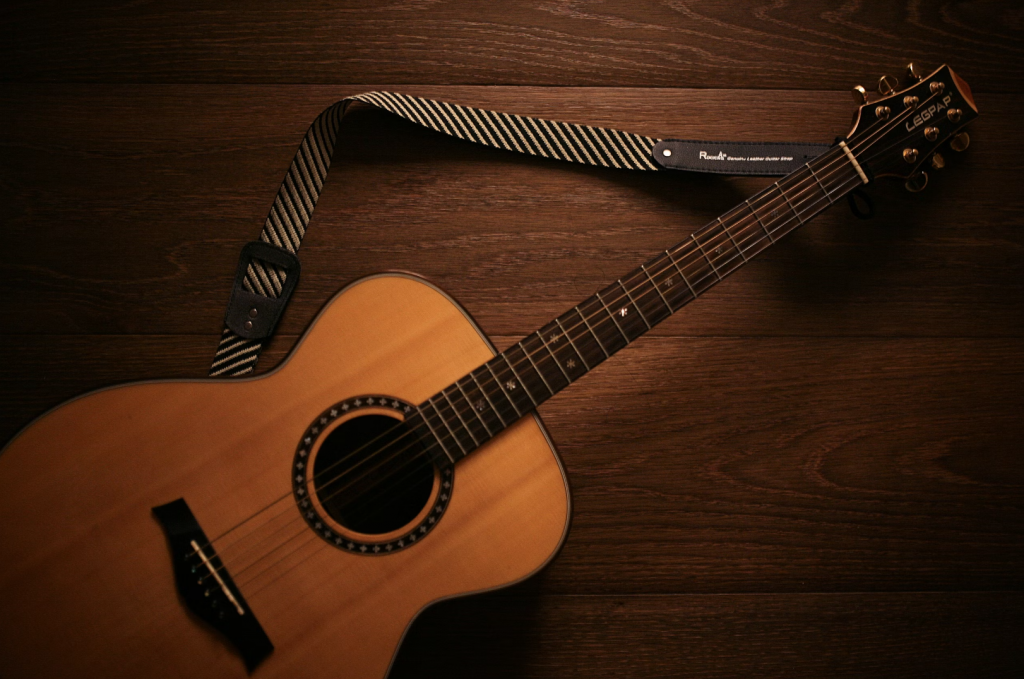
8. Washburn D10S
The Washburn D10S is an affordable dreadnought guitar that’s perfect for beginners. It’s made of solid wood, giving it a great tone, and its large body offers a powerful sound.
Pros:
- Excellent sound quality for the price
- Solid wood construction
- Great for strumming and picking
Cons:
- Large body may not be ideal for small players
9. Takamine GD20-NS
Takamine guitars are known for their quality, and the GD20-NS is no exception. It features a solid spruce top and offers great sound, making it a top choice for beginners who want an affordable yet high-quality guitar.
Pros:
- Solid spruce top for excellent tone
- Very comfortable to play
- Affordable price for the quality
Cons:
- No electronics, so it’s purely acoustic
10. Martin LX1E Little Martin
The Martin LX1E Little Martin is a great choice for beginners who prefer a smaller-sized guitar. It’s compact but still offers a great tone, and it includes electronics for those who want to amplify their sound.
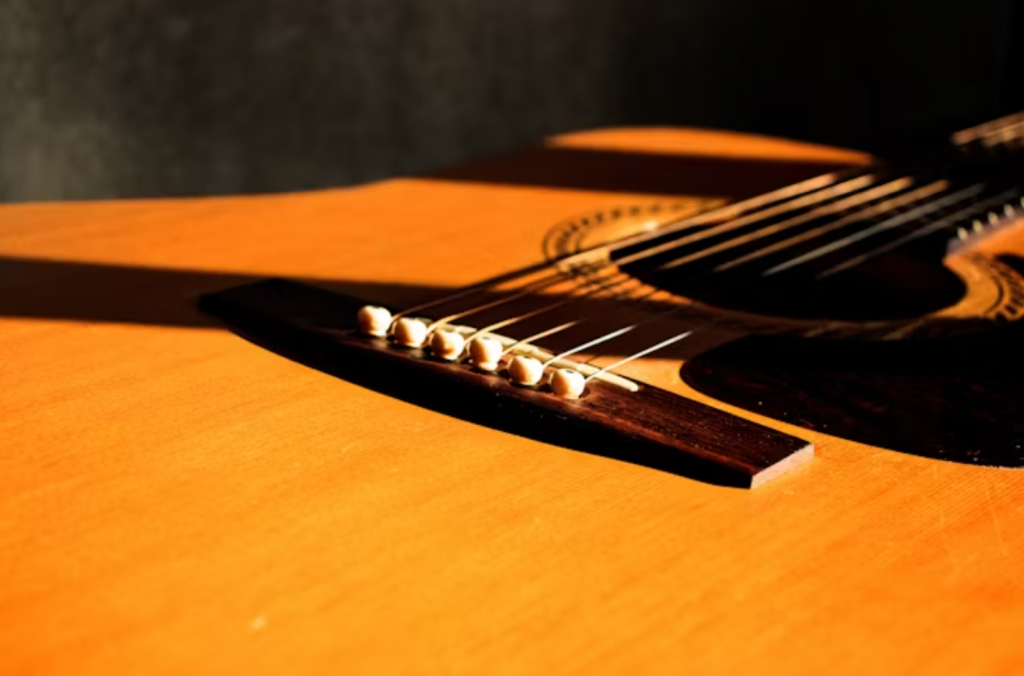
Pros:
- Compact size, easy to handle
- Solid construction and good sound quality
- Built-in electronics for easy amplification
Cons:
- The smaller size may not be ideal for everyone
How to Choose the Best Acoustic Guitar for You
Choosing the right acoustic guitar comes down to personal preference and your specific needs. Here are a few tips for narrowing down your options:
Try Before You Buy
If possible, head to a local music store to try out the guitars before making a decision. The feel of the guitar in your hands, how comfortable it is to play, and the tone it produces are all vital factors to consider.
Online Buying Tips
If you’re buying online, be sure to check reviews, watch video demonstrations, and make sure the guitar has a good return policy. Some brands offer virtual tryouts, allowing you to hear how the guitar sounds before making your purchase.
Conclusion
Selecting the best beginner acoustic guitar doesn’t have to be a daunting task. With a range of options available in 2024, there’s something for every budget and preference. Whether you prioritize sound quality, playability, or budget, the right guitar can make all the difference in your musical journey. Take your time, consider what’s important for you, and choose the one that makes you feel excited to play.
FAQs
- What is the best beginner acoustic guitar? The Yamaha FG800 and Fender CD-60S are two of the best beginner acoustic guitars in 2024 due to their great sound quality and ease of playability.
- Should I buy an acoustic-electric guitar as a beginner? It’s not necessary to get an acoustic-electric guitar unless you plan to perform or practice with amplification. The Ibanez AW54CE is a great choice if you want both options.
- How much should I spend on a beginner guitar? A budget of $150 to $300 is ideal for a beginner acoustic guitar. There are many great options in this price range that offer excellent quality.
- Can I learn to play guitar on a budget? Absolutely! There are plenty of budget-friendly guitars that sound great and are perfect for beginners, like the Epiphone DR-100 or the Washburn D10S.
- What is the best size guitar for a beginner? A smaller-bodied guitar, such as the Taylor GS Mini or the Martin LX1E Little Martin, is often easier for beginners to handle, especially for younger players or those with smaller frames.




